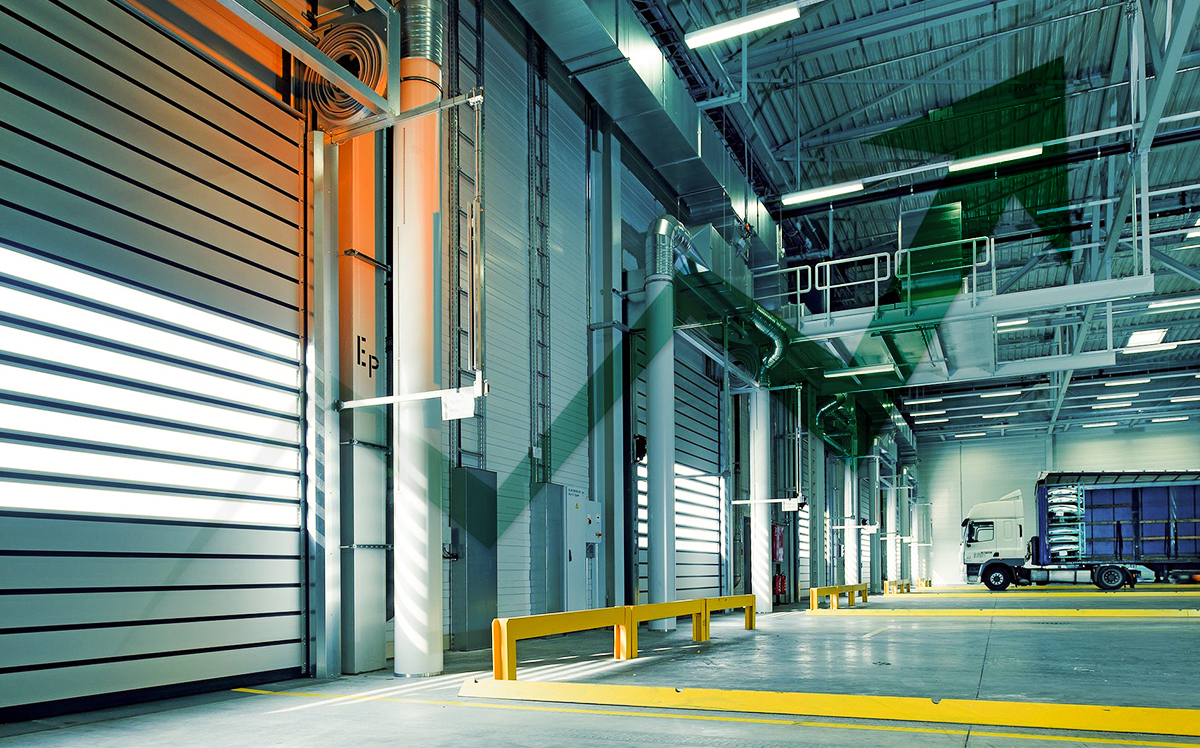Investors are bidding up the prices of Chicago-area industrial properties, a vote of confidence in the continued demand for the asset class even as warehouse construction reaches breakneck levels.
The average capitalization rate for industrial properties in the metro area shrank from 6.75 percent during the first half of 2018 to 6.58 in the second half, a sign more investors are being drawn to a market where tenants are seeking space faster than landlords can provide for them, according to a new report from CBRE.
Investors gauge capitalization rates, which are calculated by dividing a property’s net operating income by its market value, as a barometer of the risk and potential return an asset can offer. The sinking rates for industrial properties both locally and nationally show buyers are rushing to scoop up a product type they see as increasingly safe, according to Ryan Bain, a Chicago-based senior vice president with CBRE.
“My biggest takeaway here is that logistics asset class remains the darling of the institutional investor world,” Bain said. “There’s been a demand-supply imbalance over the past few years, and that doesn’t seem to be going anywhere.”
Average cap rates sank even more sharply for class-A and class-B industrial properties, both decreasing by 25 basis points to hit 4.75 and 5.88 percent, respectively.
In the past few months alone, developers like Hilco, Logistics Property Company and Ryan Companies have all announced plans to build more than 2 million square feet of combined speculative warehouse space. They run the gamut from sprawling suburban campuses down to smaller “last-mile” facilities closer to the city core.
So far the torrent of new construction hasn’t taken pressure off the region’s industrial vacancy rate, which is still creeping toward record lows.
Developers are moving at a more measured pace than they were during the mid-2000s, when publicly-traded REITS were backing a bonanza of industrial construction, Bain said.
“We’re seeing a lot more discipline this cycle from both the development and the lending community, bringing the supply to the market at a disciplined rate,” Bain said. “Everyone is tracking the market, and not delivering the exact same product at the same time.”
The explosive e-commerce industry has created a “reserve tank of demand” big enough to stave off fears that warehouses are becoming overbuilt, Bain added.
The CBRE report also showed ballooning cap rates for class-B and class-C Downtown office buildings, respectively spiking by 25 and 50 basis points to reach 7 and 8.25 percent. Older office buildings have seen waning demand as construction of new buildings ramps up.
